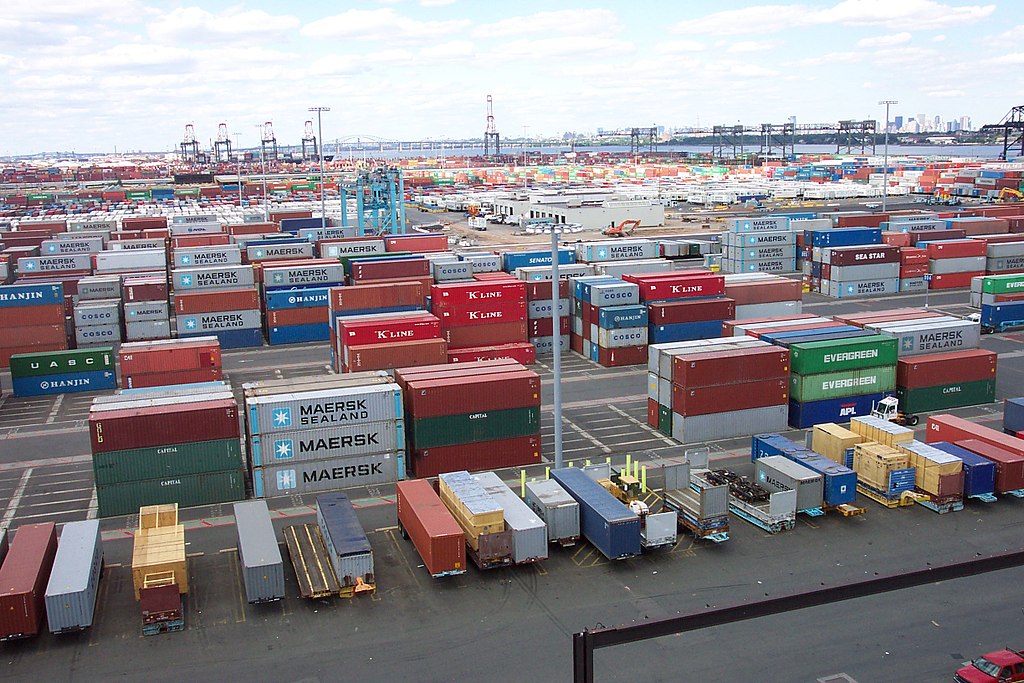The immediate impacts of the 25% safeguarding duty on solar cells and modules from China and Malaysia will be to exacerbate the global oversupply of PV modules, raise module prices in India, and interrupt PV project development as companies adjust procurement strategies, according to analysts IHS Markit.
It is also unclear whether Indian manufacturers will benefit from the trade measure as many operate out of special economic zones (SEZs), in which the duties apply under current conditions. Around 2.5 GW of India’s estimated 9.5 GW of cellmaking capacity at the end of last year was concentrated in SEZs.
IHS analysts highlight India imposed the 25% safeguard duty on imports to counteract a 30% fall in module prices seen in the Indian market this year. The resulting higher bid prices in PV tenders risk delaying new procurement, as demonstrated by the Solar Energy Corporation of India’s cancellation of a recently awarded 2.6 GW of capacity because of price concerns.
For ongoing projects, developers will pause to negotiate supply contracts before resuming. However as the additional cost of the duties will be passed on to power purchase agreements, most of these schemes are likely to go ahead as planned.
IHS Markit estimates close to 7 GW-DC of PV systems were installed in the first half of the year. The scale of installations added in the second half will hinge on the volume of modules shipped to India in June and July, combined with the ability of developers to secure sufficiently low prices for new modules in the months ahead.
Awarded projects keep going, new tenders risk delays
While the safeguard duty creates a price control to attempt to improve Indian manufacturers’ competitiveness in the local market, it will also act against the trend of falling PV power costs which are driving phenomenal levels of new capacity. The measure risks delaying new tenders as off-takers seek to attain the lowest possible bids, with delays anticipated in late 2019 and during 2020.
Projects that have already been awarded or which have submitted bids would, according to provisions issued in April, be shielded from the safeguard measure via pass-through regulation that would raise PPA rates to offset new duties. However SECI recently demonstrated its unwillingness to pay higher tariffs by cancelling 2.4 GW of 3 GW of capacity awarded last month, on the basis bids of Rs2.64/kWh ($ 0.039) and Rs2.71/kWh were too high. Only the 600 MW awarded at Rs2.44/kWh were kept, and such cancellations raise uncertainty for bidders.
Even for awarded projects, distribution companies may try to avoid any pass-through, by pointing to project delays or other examples of non-compliance by developers. Most developers on awarded projects are expected to continue installations, with only a short pause this month to redefine procurement strategies. The pass-through provisions, combined with a rapid decline in module prices in recent months, should ensure the continued installation of PV systems this year and next.
No secure winners among manufacturers
Chinese export data show half of the near-7 GW of modules installed in India in the first half of the year came from the world’s solar manufacturing hub and IHS expects a significant rise in shipments from China as a result of the global oversupply.
Chinese modules in India cost around $0.25/W before the safeguard duties came into effect – a 30% drop from prices at the end of 2017. Safeguard duties raise the price to $0.31/W, still 14% lower than eight months ago. The question for Chinese module suppliers is whether that price will remain competitive against Indian and South East Asian products.
Indian modules will vary greatly in price, depending on the use of Indian or other cells exempt from the safeguard duty. There is also not enough local manufacturing to meet demand, and the two-year limit to the safeguard duties offers limited time for manufacturers to set up new facilities.
Indian suppliers with access to the U.S. and European markets may also prefer to export to countries where prices are higher.
In addition to the cell capacity mentioned above, around two-thirds of Indian modules are manufactured in SEZs, so the confusion over whether those operations will be caught in the safeguarding net needs clarifying as a priority for the domestic solar industry.
As for the supply of solar components from countries exempt from the new duty – mainly in South East Asia – shipments may be redirected to India if European demand remains insufficient. There are however, doubts over how the origin of cells in imported panels will be determined in order that Chinese and Malaysian cells are subject to duties. Exactly who will benefit from the safeguard duties will be seen once developers and EPCs reactivate procurement after new price negotiations.
This content is protected by copyright and may not be reused. If you want to cooperate with us and would like to reuse some of our content, please contact: editors@pv-magazine.com.









By submitting this form you agree to pv magazine using your data for the purposes of publishing your comment.
Your personal data will only be disclosed or otherwise transmitted to third parties for the purposes of spam filtering or if this is necessary for technical maintenance of the website. Any other transfer to third parties will not take place unless this is justified on the basis of applicable data protection regulations or if pv magazine is legally obliged to do so.
You may revoke this consent at any time with effect for the future, in which case your personal data will be deleted immediately. Otherwise, your data will be deleted if pv magazine has processed your request or the purpose of data storage is fulfilled.
Further information on data privacy can be found in our Data Protection Policy.